Men and Women on the Frontiers of Urban Agriculture
By Maitreyi Koduganti and Sheetal Patil
Thousands of urban farmers, consisting of men and women from varying age groups across Indian cities are engaged in urban agriculture in different forms, growing vegetables, fruits, microgreens, millets, and cereals.
According to our survey, which collected more than 350 responses from multiple cities across India, women seem to outnumber men, accounting for 58 per cent of urban gardeners (see Figure 1). They tend to play an important role in providing food and nutritional security, and health and wellbeing at the household level. Furthermore, women in the age group of 41 to 50 are more active in urban agriculture as compared to other age groups.

Distribution of Women and Men in Urban Agriculture based on an Online Survey Conducted by the Project Team
However, men and women seem to have different insights about urban agriculture, which shapes their motivations, responsibilities, and the outcomes of the practice itself. A significant proportion of women started urban agriculture as a hobby, to grow food, or for health benefits (see Figure 2). For most men, growing their own food for health benefits was a key motivation.
In addition, the types of plants grown by men and women also seem to differ (see Figure 3). Women are engaged in growing ornamental plants, leafy greens, herbs, and medicinal plants, while men are predominantly engaged in growing fruit trees and vegetables. In this piece, we further explore these gendered insights across respondents in Bengaluru and Pune, India.

Motivations to Start Urban Farming.
Source: Authors

Types of Plants Grown.
Source: Authors
A male urban gardener from Pune notes,
“ Urban gardening is a women's thing because women are closer to nature. It is not just food production. Women are more caring and nurturing, as it comes naturally to them, so they tend to maintain gardens very well. ”
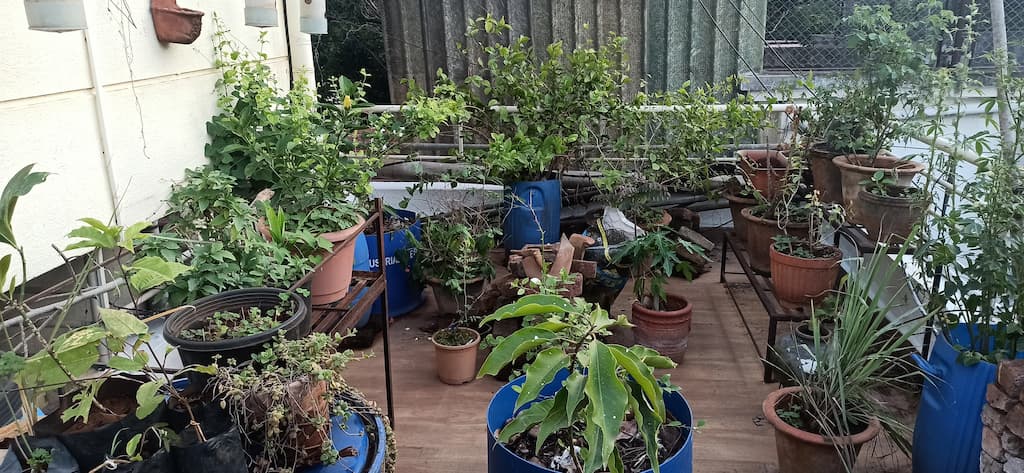
Terrace Garden of a Female Urban Gardener in Pune
Source: Swarnika Sharma
On the same lines, a forty-year-old female urban gardener from Bengaluru notes,
“ Women have more affinity towards nature and aesthetics, which also involves beautifying their homes and terraces. Apart from growing fresh and safe food, we want to teach our children about growing and nurturing. However, men see gardens as more functional spaces, like a project, and think about how much they can grow in the gardens. ”
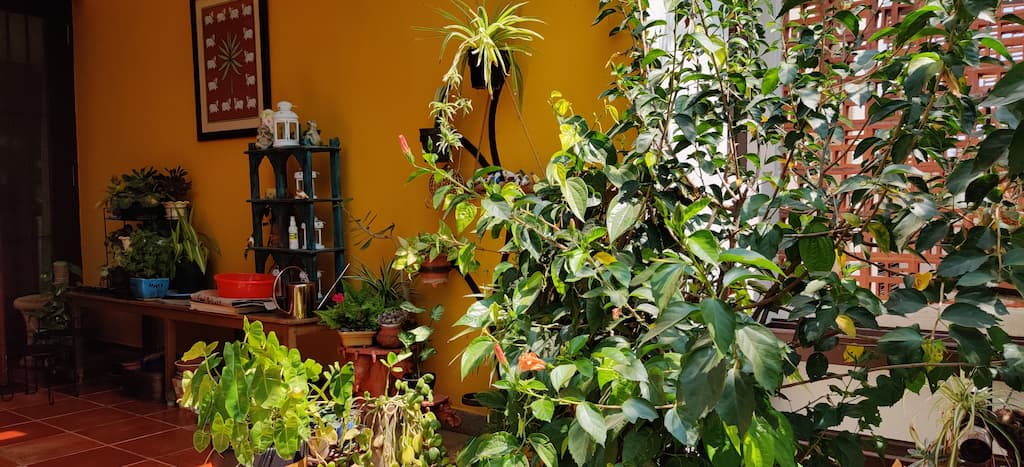
Garden of Female Urban Gardener in Bengaluru
Source: Prathijna Poonacha
In terms of dividing gardening responsibilities, a female gardener from Pune in her mid-forties responded,
“ Initially, I started gardening alone because my husband was a little apprehensive about the whole thing. Now, the garden has changed me. It has helped me build myself, giving me an identity. My husband helps me with composting and watering, while I am more engaged in sowing and transplanting. ”
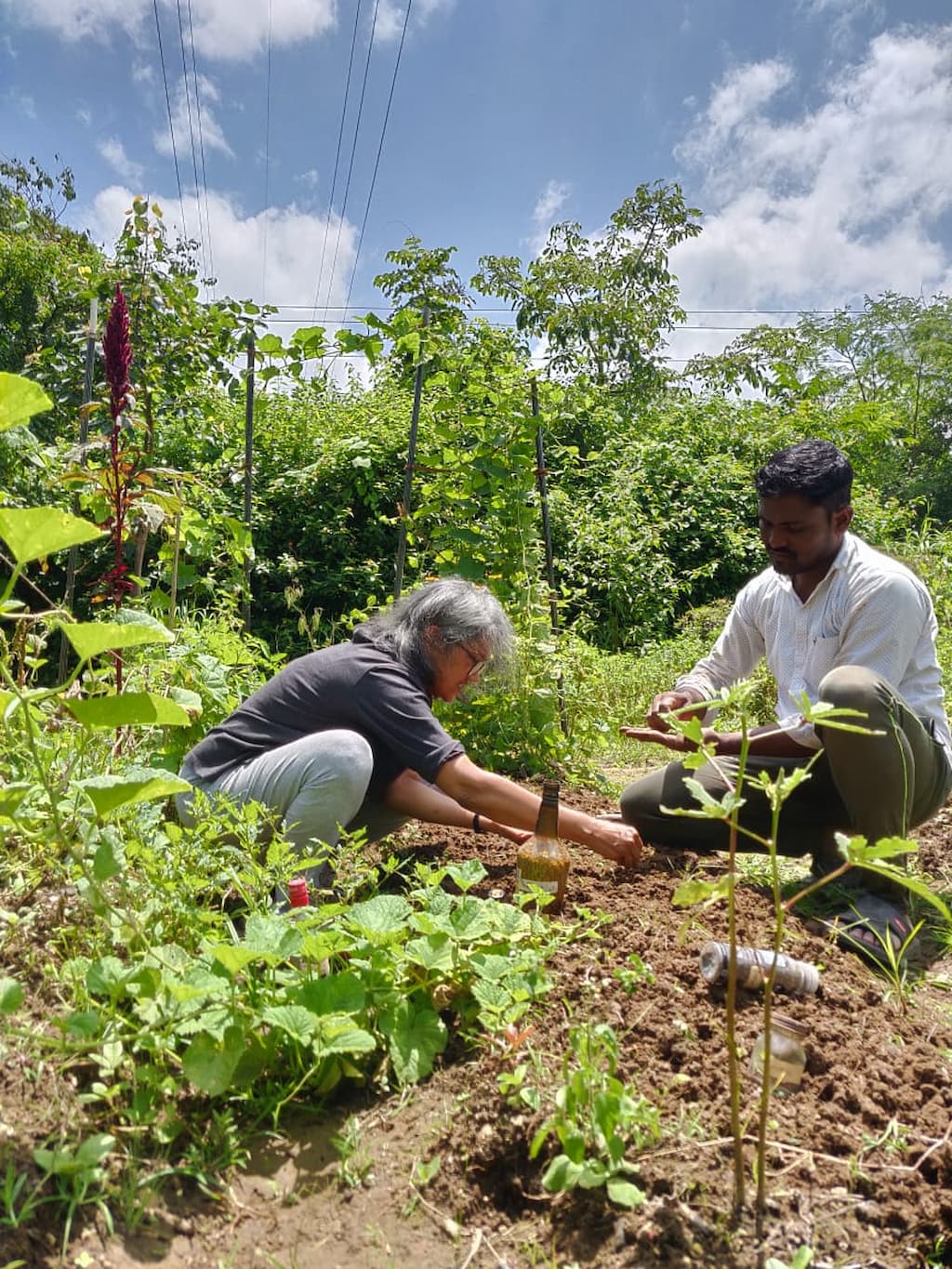
Woman Gardening on a Farm
Credits: Pooja Bhale
Several respondents affirm that daily management is mostly handled by women, whereas heavy work, such as lifting pots, transporting heavy gardening material, bringing gardening tools and so on are undertaken by men. This is not just in middle-income households. A similar story emerges from low-income households too, where a woman in her mid-forties mentioned,
“ I am the watchman and the caretaker of my garden. No one else takes care of it. Children in the community are my only source of help. I am the one to tirelessly maintain the gardens. ”
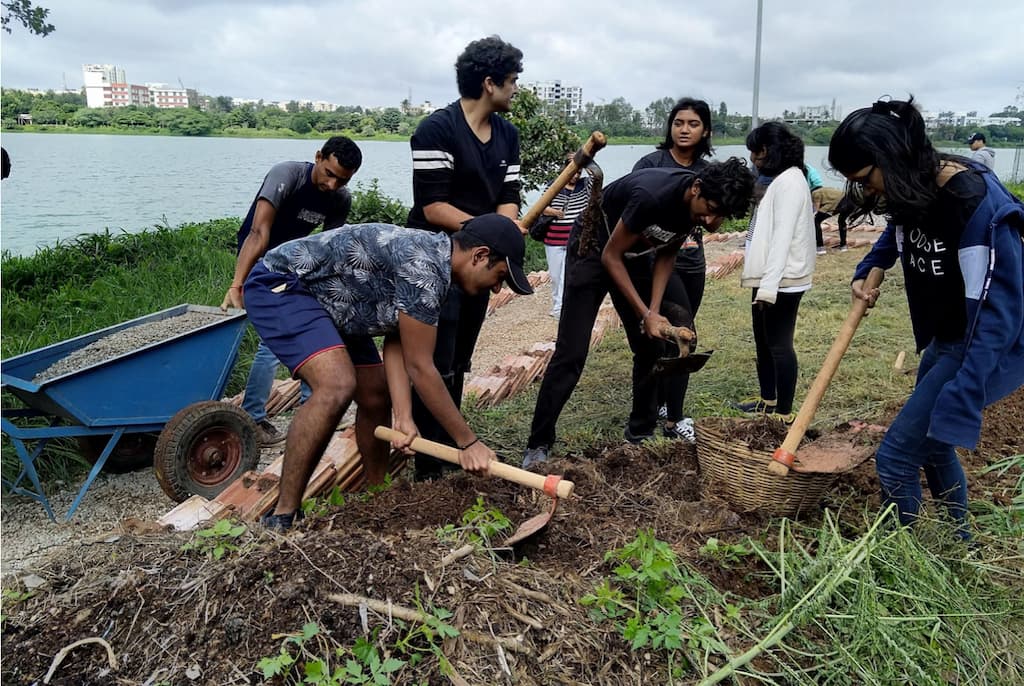
Men Engaged in Heavy Gardening Work
Source: ANANAS
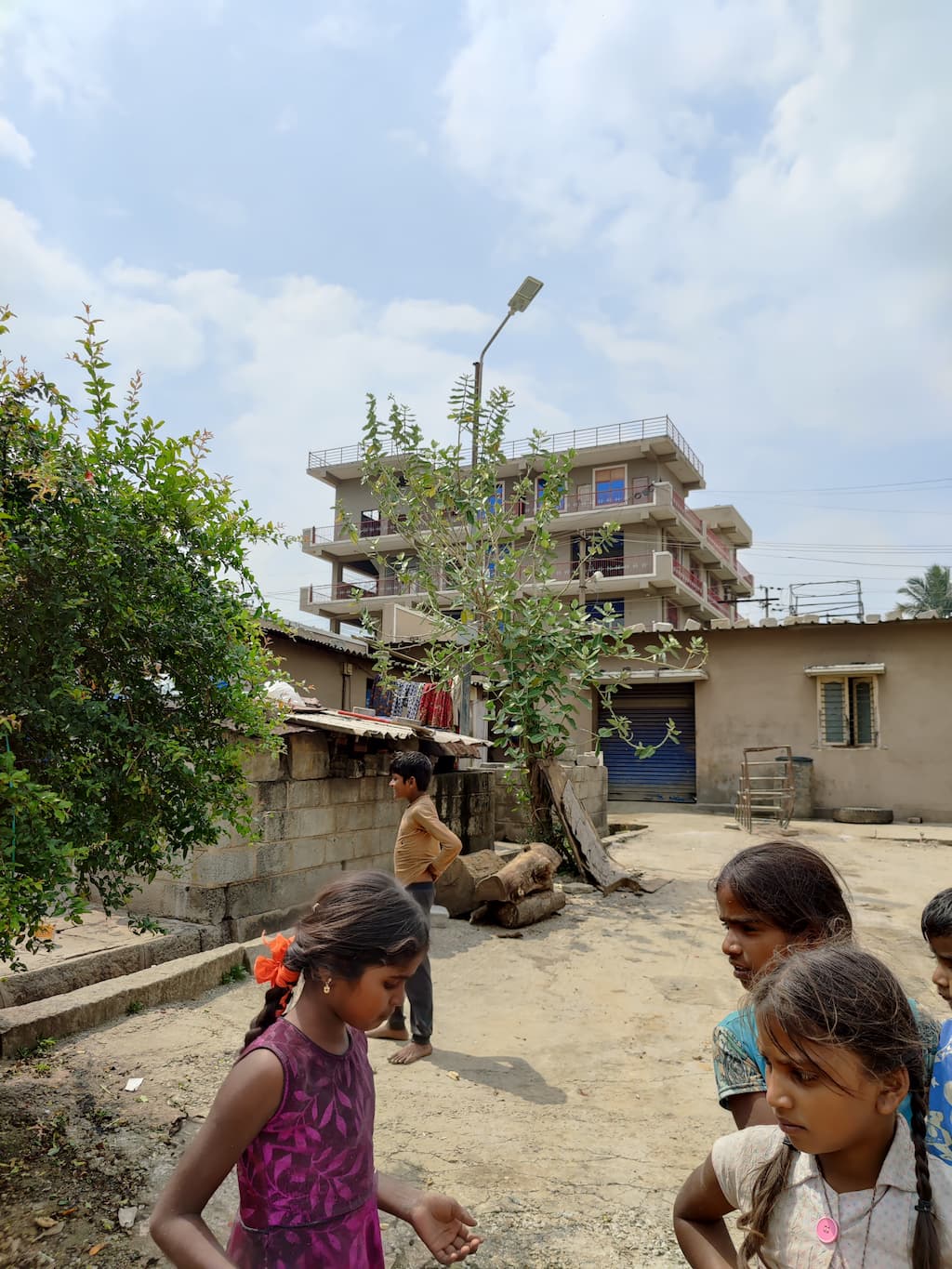
Children Maintaining a Garden within a Slum in Bengaluru
Source: Kruthika Nagananda
A fifty-year old male construction worker who started a community farm within urban slums in Bengaluru noted,
“ I get help from my family members to nurture the farm. No one from our slum helps me out voluntarily, but they are always ready to get the fruits. So, I always ensure one of my family members is available to handle the farm when I am away. ”
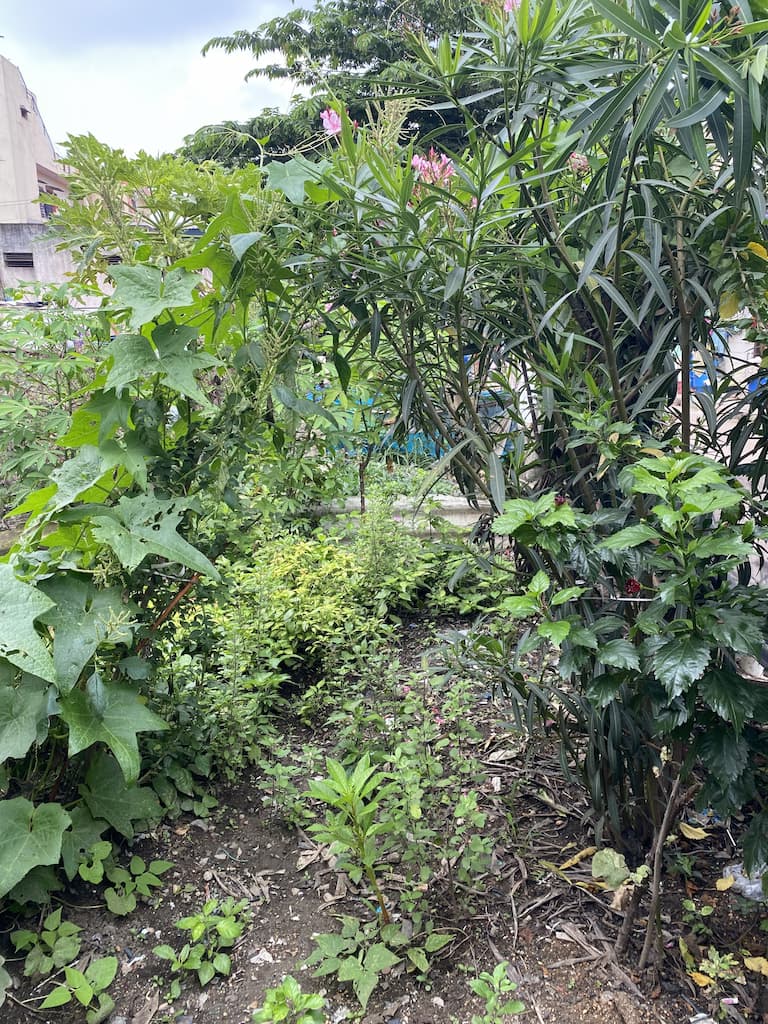
Community Garden in Bengaluru Slums
Source: Maitreyi Koduganti
While it is true that women lead the practice of urban agriculture, men also contribute significantly to growing practices. Regardless of who predominates the practice, acknowledging these insights will only help improve and expand urban agricultural practices.